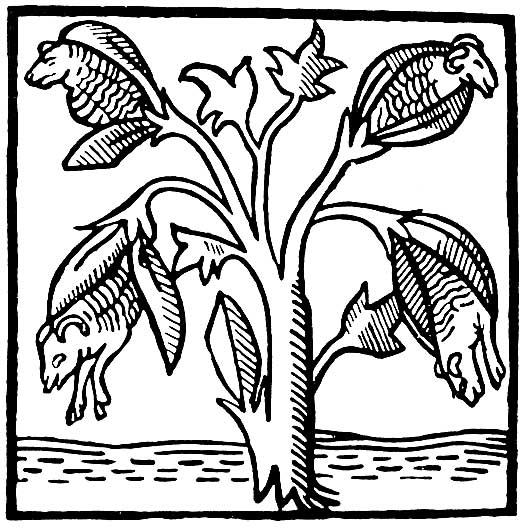We have compiled an article on the most common fabric materials during the Viking and early Middle Ages in Northern Europe. Most commonly found were wool and linen fabrics, but fabrics of hemp, nettle and silk are also found. The cotton begins to move from India to Europe in the late Middle Ages.
Wool
Absolutely most common, for all types of garments. Wool existed and is available in many different qualities ranging from hard-picked thick unpainted cotton to fine, imported varieties that could come from far away. The fabric trade was very widespread during the period and, for example, Birka found black knitwear fabrics from Syria.
 Since they had domestic and local production of wool, the simpler fabrics also became reasonably cheap and accessible to the public.
Since they had domestic and local production of wool, the simpler fabrics also became reasonably cheap and accessible to the public.
Weaving cloth is a technique known since the 7th century from the Netherlands and spread to France, Germany and England, which during the 15th century became the largest international manufacturer of clothing. In the Middle Ages, clothing was one of Europe's most important commodities. The cities of Flanders (now Belgium and the Netherlands) became rich in cloth made of English wool.
They usually wove cloth handkerchiefs but also other weaving techniques such as Kypert; Tip-tipped (fish bone pattern), Dog-tooth (pepita), diamond-tipped etc.
 Flax
Flax
Linen was used for thinner underwear such as tunics, shirts, badges and trousers. Most often, these garments were kept unpainted, as they were not intended to be seen. The use of linen in clothing extends as far back as our civilization. You have blah. found colored linen in Georgia that is 36000 years old. But finds that are 8000 years old are also from lakes in Switzerland. In Egyptian culture, the linen was highly valued and its mummies were swept into it.
The lining's properties make it perfect for undergarments. It absorbs and emits moisture incredibly quickly, which is why you always feel cool in linen clothes. It does not stick to the body, but you feel its cool surface when you move. Linen fabric is very durable especially in the unpainted varieties.
Other materials
 Other materials used to make fabrics were, for example, hemp and nettle , both of which give quite coarse fabrics. Above all, the hemp was used for undergarments by the lower social strata. Archaeological finds show that hemp is grown in Jämtland during the 200s and 300s.
Other materials used to make fabrics were, for example, hemp and nettle , both of which give quite coarse fabrics. Above all, the hemp was used for undergarments by the lower social strata. Archaeological finds show that hemp is grown in Jämtland during the 200s and 300s.
In the early Middle Ages, hemp is grown in Mälardalen, Dalarna and Gotland to extract fiber into ropes, sacks, bedding and badges and more.
During the 12th and 13th centuries, flax, hemp, beans, peas, wheat and rye are listed in the Västmannalagen and Östgötalagen as the six most important crops in Sweden. Later, hemp is also referred to as base crop in Upplandslagen. Nettle fabric (duster) found in Voldtafte, Denmark, dating from the younger Bronze Age!

Cotton had very little significance, but it certainly existed during the Viking and early Middle Ages, however, it was very unusual. In the later Middle Ages, its use grew and in Manchester, for example, cotton fabrics have been woven from imported cotton since the 1350s. The first cotton was imported from India.
The silk was very expensive and exclusive. The used was only made by a few who could afford it. Trade went from the Byzantine kingdoms, the Arab countries and Italy. Initially from China on the silk road, but Venetian merchants encouraged silk growers to settle in Italy and it became a significant manufacture.
This article is from many sources, some from Wikipedia and some from D. Rushwarth's excellent books. If there are facts that are not correct in the article please notify us so we can correct. If the facts are missing from the article or you feel that you can contribute, please do not hesitate to contact us.


